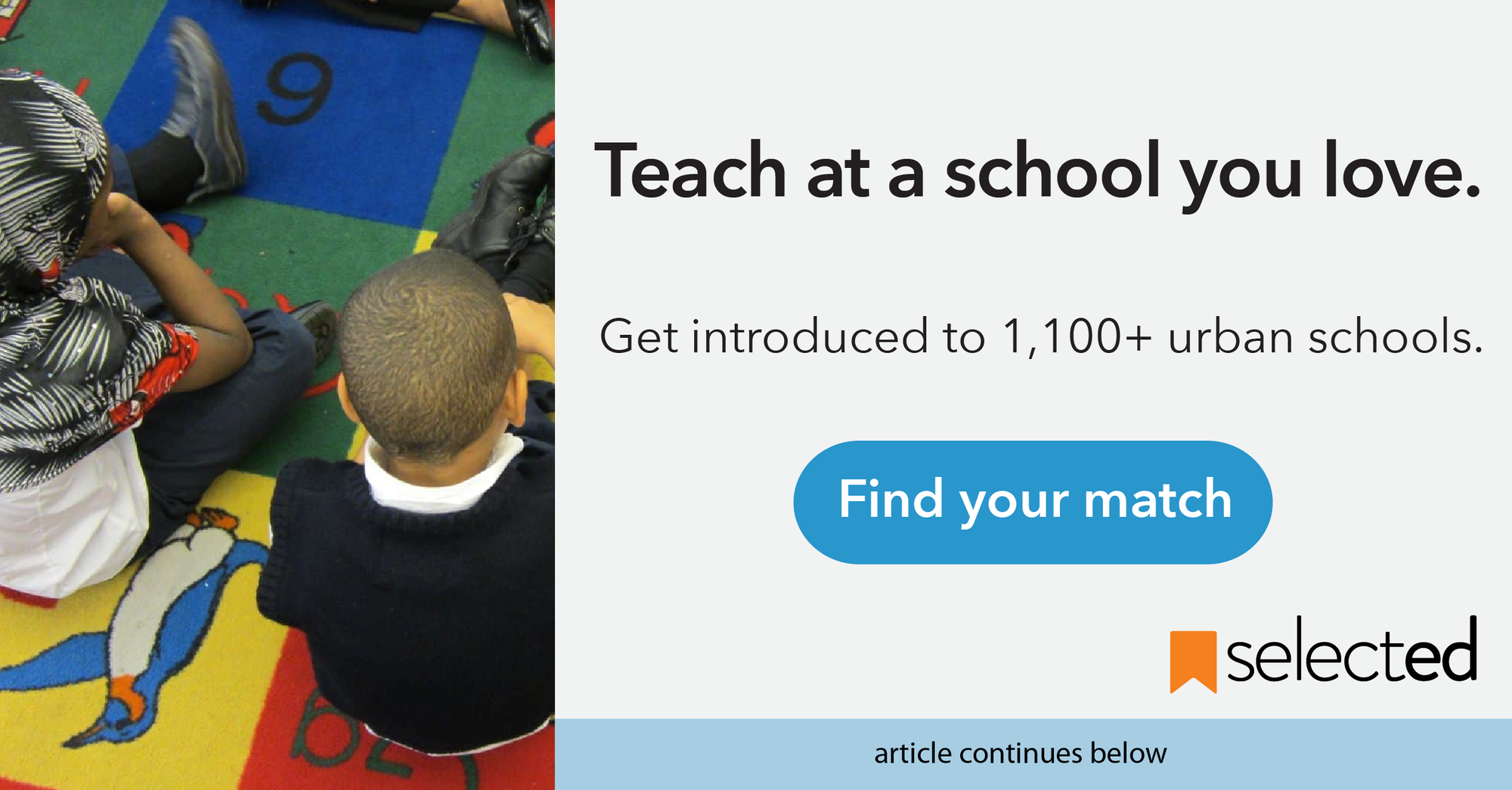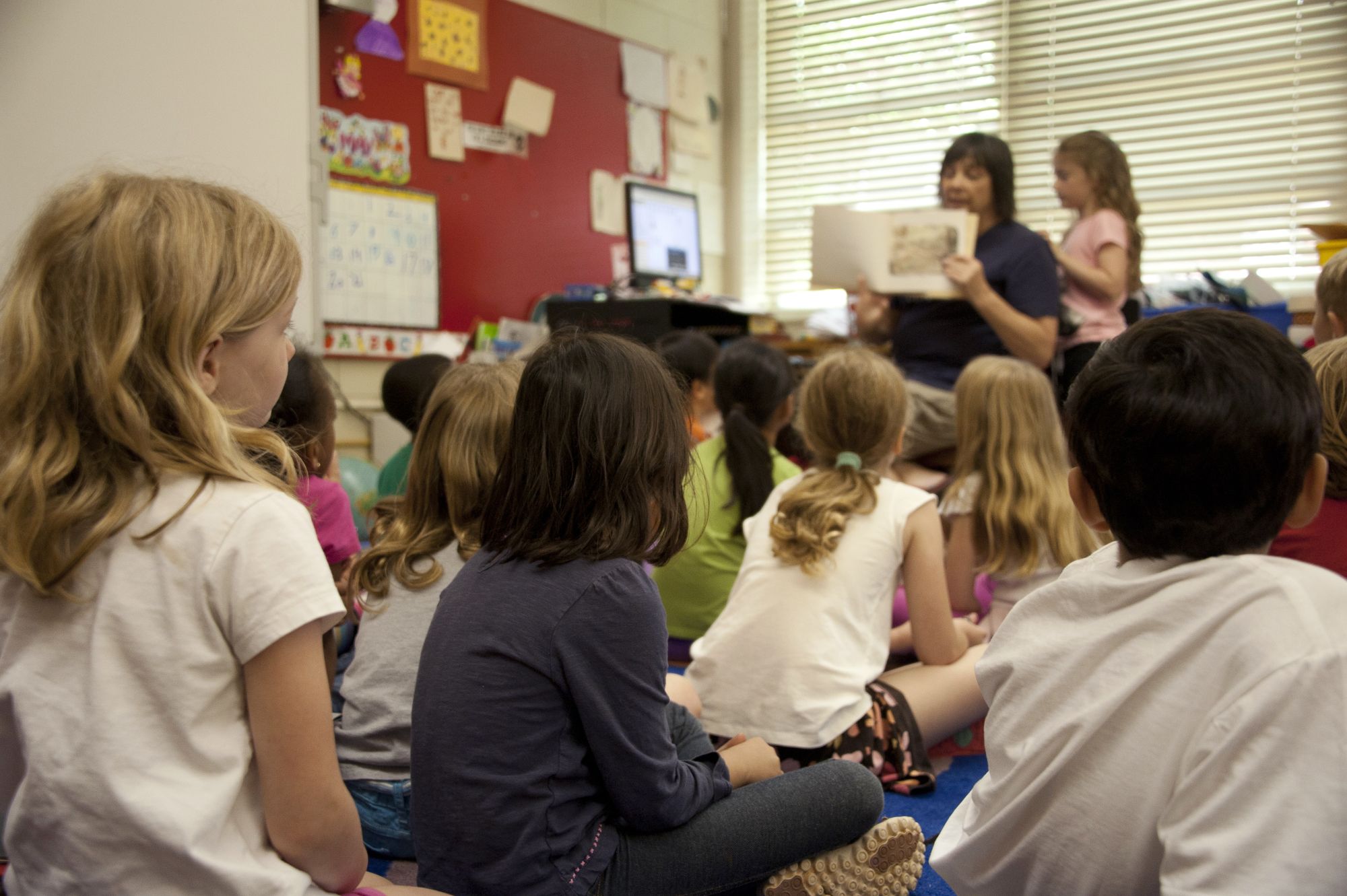7 Tips to Writing Engaging Lesson Plans
Lesson plans should guide and maximize the limited time you have with students. This means planning for: directions and expectations, new content instruction, and meeting diverse student needs.

A strong lesson plan is as much about instruction as it is about managing student engagement. If we are given a set period of time to teach, we need to maximize students' time so that the majority is spent actively practicing and learning. This means we carefully plan all aspects of the time we have: directions and expectations, new content instruction, and meeting diverse student needs.
Remember, lesson plans don’t have to be lengthy - and once you’ve had enough experience and have discovered your rhythm, they also don’t have to be scripted. But they should serve as a guide for you to maximize the limited time you have with students. Also, see below for sample lesson plans from our team of seasoned educators!
Know Your Objective
What is it that you want your students to know by the end of the lesson? This is your end point and what you and your students are aiming for throughout the lesson. Communicate this to students at the start of the lesson and be sure to post it so that it is easily viewable and in the same place every day. Why? Two reasons: It serves as a constant reminder to you and your students of the lesson's end goal and it ensures visitors and students who arrive late are able to jump in with the rest of the class.
Pro Tips:
- Be sure that your clearly defined objective is aligned with your school and state standards.
- Make sure it’s large enough for all to see, and written in student friendly language.
- Consider posting the directions and behavioral expectations for the lesson to ensure everyone knows what they’re supposed to be doing, and how they’re supposed to be doing it.
Activate Prior Knowledge: Yours Included
For many teachers, the purpose of activating background knowledge is to gain a stronger sense of where their students are in relation to the new material. And this is great! In fact, you should use this opportunity to introduce the new content in a way that students can more easily relate to it.
That said, in order to truly scaffold entry points for your students, before you step in front of the class to teach this lesson, you also need to activate your own prior knowledge on the bodies in the room. Be sure you can answer the following in relation to the material you are preparing to teach:
- What are the academic levels of your students?
- Where are students socially and emotionally?
- Are there modifications or accommodations you must include?
- Is there new vocabulary that students might struggle with?
- What’s more, are there language barriers present within your classroom?
- Do you anticipate extroverts and introverts needing a different entry point for engagement?
- Is there a teaching partner (co-teacher, paraprofessional, or assistant) that will play a role in the lesson? If so, what will this role be?
- Are there current or community events to include that align with the new concepts?
Pro Tip: No matter how important it is to meet your school or state standards - remember that the ultimate goal of a lesson plan is to meet the needs of your students.
Gather Materials + Know Your Equipment
Alright, so you know what your students are going to require in order to grasp the new content. But, have you proactively gathered the necessary materials? And do your materials ensure that each student can independently engage with the new content? We always suggest organizing materials and manipulatives before class begins, and checking to ensure your technology works properly - this will save you time, and headaches.
Pro Tip: Textbooks are written from a certain perspective. So are articles, documentaries, short stories, etc. As educators, our role is to help students learn how to think, not what to think. So make sure you’ve explored and included multiple perspectives, and where necessary, bring in supplemental materials to what is already provided for you.
Internalize the Content
Another key step to really nailing your lesson plans - is to internalize the content. Knowing your content inside and out will allow you to remain flexible and responsive to student needs.. If students aren’t grasping the new content, then be ready to approach teaching in a way best suited to how your students learn. If the content is too fresh for you, this will be challenging to do - and often times, this is where we see teachers get stuck in a cycle of teaching the same thing, the same way, and upset that it just isn’t working.
Pro Tip: Rehearse. You can do this with your colleagues, or you can do this on your own. Practice teaching the lesson, and role play potential situations where students might get stuck. If you’ve done your part to incorporate your background knowledge on your students, coming up with these scenarios should be easy enough. Rehearsing like this helps you take your planned interventions into practice.
Provide Direct Instruction
Once you have considered and planned for the types of learners in your classroom, you can begin to think through the most effective way to teach the new material. Keep the diverse learning styles within your classroom in mind in order to determine the most effective methods and strategies for your students.
- Instructional Input: This is where students gain new knowledge. Make sure you provide all information necessary to achieve your lesson’s objective.
- Modeling: This is where you act out exactly what you’d like to see students doing in the lesson. Model the skills necessary, as well as the cognitive processing that occurs while working.
- Checks for Understanding (CFUs): This is your chance to informally assess where students are at and if they are grasping the new knowledge. Don’t skip this step! It’s also your chance to reteach any critical portions of the lesson that might be a prerequisite for mastering the objective.
Pro Tip: Scaffold your CFUs and consider three questions each time: one at the literal level, one that is interpretive, and one that is critical. Write these out ahead of time and plan for who you’ll call on for each one. This helps ensure you’re checking in with representatives of all learning backgrounds, and allows you to appropriately scaffold those questions to meet student needs.
Maximize Student Practice + Assessment
While many will argue that direct instruction makes up the meat of your lesson, the majority of time should be allocated to student practice. This includes opportunities for cooperative and individual learning as well as the assessment.
- Guided Practice: Before students move on to independently engage with the new material, you want to collaborate with students to complete the task. This serves as a second model of the new material in practice. This is your opportunity to gradually release responsibility to your students, lessening the amount of assistance you provide as the practice progresses. It’s also your opportunity to circulate the room, informally assessing student understanding and recognizing portions of the lesson you may need to reteach - individually, small group, or full group.
- Independent Practice: During this time, students will engage with the new material with virtually no assistance from instructors. It is critical to empower students to work through the task alone. If support is needed, point them in the right direction without giving the answer. However, if a majority of the students need more support, bring the full class back to reteach, or lead another guided practice, before giving the assessment.
- Assessment: This can be summative or formative, but the point of either is to determine the effectiveness of instruction. How well did your students do both individually and collectively? Are you seeing trends across objectives or standards? Trends among students? This type of data will help you determine next steps.
Track the Learning + Follow-Up
Make sure you’re tracking the mastery of each lesson, and how many times you have addressed each standard in order to reach that level of mastery. This type of data is perfect for grouping students based on skill, and for targeting specific standards when it comes time to review for standardized tests.
Bottom line: Plan your lessons. Be strategic, efficient, and effective in your instruction. But also remember to remain flexible as you aim for your objectives. Lessons don’t always go as planned. And oftentimes there are unexpected circumstances that arise - emergency drills, impromptu assemblies, and even power outages (life happens!). This is where the science of teaching is met with the art of teaching. Know your students needs, and do what is best for students in the time you are given.
For built-in reminders while planning, check out three templates designed by our team of seasoned educators:
- Sample lesson plan with built in teacher reflection
- Sample lesson plan with ample space for scripting
- Sample lesson plan sectioned by teacher and student actions
About Selected
Selected helps teachers find jobs at schools they love. We offer a free school matching and career support platform for teachers that connects them with 1,200+ PK-12 public and independent schools in urban metro areas in the Northeast and West Coast, including New York City, NJ, CT, Philadelphia, Washington DC, Boston, and Los Angeles. Create a FREE teacher profile in 5 minutes and connect with hiring schools immediately!





